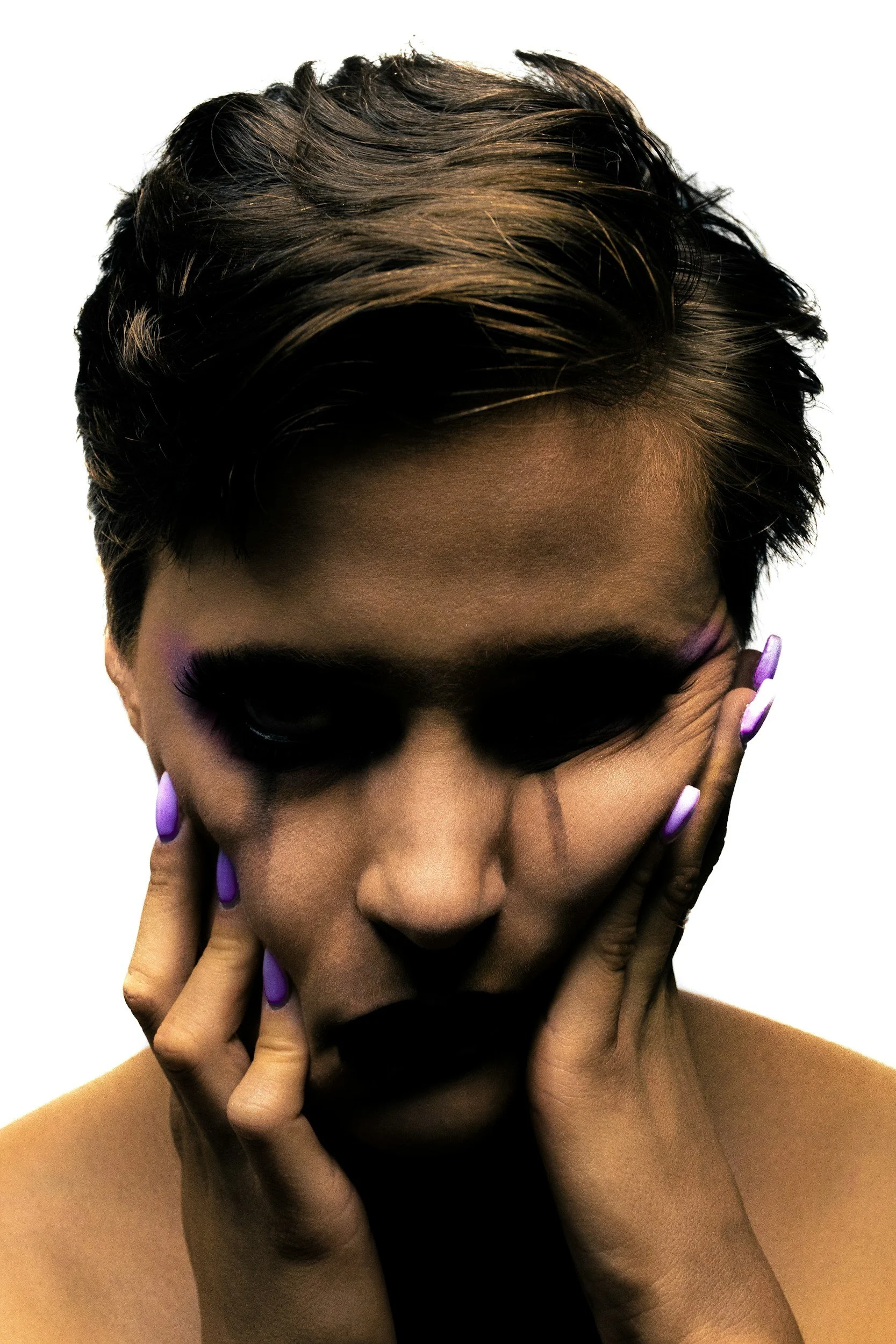Self Care for Women: Abdominal Massage Self-Care Techniques
Taking care of your body through gentle, easy practices that can be done at home and fit into small pockets of time, can make a large impact on your overall health. Self-care is an important part of overall well-being. Taking time to do these things that make you feel relaxed, fulfilled, and healthy can help you better manage stress and lead a more balanced life. Simple activities like practicing mindfulness and meditation, eating healthy, exercising, getting enough sleep, spending time with loved ones, and self-massage can all be great ways to take care of yourself.
Traditional Chinese medicine seeks to restore the body to its natural balance and help ease any restricted flow of blood, lymph, nerve, and Qi. This self-massage technique is provided for therapeutic self-care, can help ease any associated digestive or reproductive troubles, and can even help ease back pain.
Self Massage Preparation
Create a quiet, peaceful environment to relax for 5-10 minutes (just before bedtime is perfect!).
Empty your bladder before starting and wear loose-fitting clothing with no zippers or buttons over the abdomen.
Lie on your back and place a pillow under your head and your knees to soften your abdominal muscles. (If you have uterine prolapse, it may also be helpful to place a pillow under your hips to elevate your pelvis.)
Breathe deeply and slowly for a few breaths to find your center before you begin.
Warm your hands. You can do this by rubbing them vigorously together.
This can also be a great time to do some moxa on the lower abdomen to help increase Qi and blood flow and bring warmth to your womb.
This can be done through clothing or a sheet, or on bare skin. If performing on skin, lightly oil belly and hands to reduce friction.
The techniques listed below are just guidelines, it is important to listen to your body and intuitive nature.
Self-Care Massage Techniques– Lower Abdominal
1. Bring both hands together slightly bent and relaxed, with index fingers side by side.
2. Start by locating where your pubic bones meet in the middle of your lower abdomen, with your index fingers, and place these fingers on the small tender indent. Inhale and as you exhale, slowly slide off the top of your pubic bones. Press in as deeply as it is comfortable into the soft tissue space above your pubic bone.
3. While maintaining the same pressure, gently and slowly move your fingertips toward your navel. Repeat this upward stroke from your pubic bone to your navel, around 3 times.
4. With the same hand position, move your fingertips to one side of your pelvis with the little finger of one hand on the pubic bone and the other little finger on your hip bone. Bring all eight fingers close together, slightly bent and relaxed. Inhale and as you exhale, slowly slide off the bones and press as deeply as it is comfortable for you into the soft tissue space of the pelvic bowl.
5. While maintaining the same pressure, gently and slowly move your fingertips toward the midline. Repeat this stroke around 3 times.
6. Repeat step 4 and 5 on the other side of the pelvis.
7. Repeat the whole process from start to finish, around 3 more times.
8. Open your hands, reaching as far as possible without lifting your head, and place them flat over the groin where your legs join your pelvis on each side. Stroke softly 4-5 times over your skin and the underlying inguinal lymph nodes toward your abdomen. Continue the same strokes down both inner thighs along the lymph nodes, repeating this stroke about 5 times.
Upper Abdominal
1. Apply oil or lotion to your fingertips. Make an “M” with your hands by facing the palms of your hands toward each other and curling your fingers so that the fingernails of all eight fingers touch, thumbs open.
2. Place your fingertips on the center of your upper abdomen just below the ribcage. Inhale, and as you exhale, press as deeply as it is comfortable for you into the soft tissue space. While maintaining the same pressure, gently and slowly move your fingertips toward your navel. Repeat this stroke from your rib cage to your navel, around 3 times.
3. Place your fingertips on one side of your upper abdomen just below the ribcage. Inhale and as you exhale, press as deeply as it is comfortable for you into the soft tissue space. While maintaining the same pressure, gently and slowly move your fingertips diagonally toward your navel. Repeat this stroke from your rib cage to your navel, around 3 times.
3. Repeat step 3 on the other side of the upper abdomen. Then repeat the entire flow.
If you find areas of tenderness, pain, or congestion, adapt your pressure so that you can continue to relax. Breathe and continue to massage the area. If pain persists, even with a light touch, stop for now. If you experience pain initially, it should gradually diminish with each self-care massage. Simply follow these instructions as best you can. After practicing the massage day for several days, you will become more familiar with the massage and more confident in your touch.
Self Massage After-Care
Drink plenty of water to hydrate your body and support the healing process. Thank you for taking the time to take care of yourself.
Honor your experience by paying attention to the changes and responding with what you need. For example, write your feelings in your journal or diary or share them with a trusted friend or therapist.
You can repeat the self-care massage every day except 5 days prior to and during your period.
When To Modify or Avoid Abdominal Massage
5 days prior to and during your menstrual bleeding, do not deeply massage the uterus, but you may continue doing the massage over the lymph nodes and the upper abdominal massage. It is okay to very gently and superficially massage over the uterine area prior to and during your period.
During pregnancy. Best to seek out professional medical care for the treatment of digestive troubles or low back pain during this time.
After abdominal surgery, you must wait until the tissue has healed, and your physician has cleared you for normal activity. For example, with Cesarean birth and hysterectomy, 8-10 weeks after surgery is usually recommended.
If you are taking pain medications or other substances that may mask discomfort and pain, abdominal massage may be contraindicated.
If you have an intrauterine device (IUD) for birth control, speak with your healthcare provider.
If you are under treatment for abdominal or pelvic infection or cancer, abdominal massage is contraindicated.
If you experience intense emotional pain during the self-massage, it is important that you seek professional support to help you pass through the gates of emotional healing.
If you experience intense pain or discomfort during the massage or have a sudden onset of abdominal pain, please consult your healthcare practitioner.































These foundational books offer a clear and accessible path into the world of Acupuncture and Chinese Medicine. Whether you're studying to become a practitioner or simply curious about the theory behind the treatments, these titles will deepen your understanding and appreciation for this ancient healing system, one thoughtful page at a time.